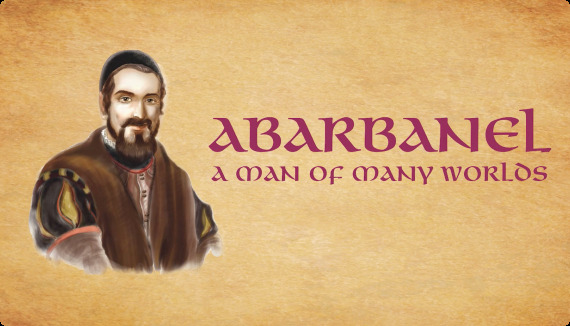June is a popular month for weddings the world over. In the Jewish world, the period after sefira, its end marked by the recent holiday of Shavuot, makes this time of the year especially busy with weddings. Since I will be attending the wedding of my beloved grandson Binyamin Teitelbaum this week, my thoughts have naturally turned to the great institution of a Jewish wedding. For thousands of years Jews have sanctified their married life by beginning it with the traditional Jewish wedding.
The beauty, simplicity and nobility of the Jewish wedding ceremony are dictated to us by Talmudic tradition and rabbinic law. The ceremony is based on the name that the Talmud grants to the Jewish concept of betrothal and marriage - kiddushin – sanctification and holiness. Though marriage is a “contract” between a man and a woman for living together, it is much more than that. At the root of the Jewish marriage ceremony is the understanding that marriage is much greater than the sum of its individual parts.
And it is to this unspoken, almost indefinable area of marriage and married life, that the Jewish marriage ceremony is addressed. It makes the unspoken and ephemeral bond of marriage, its love connection, loyalty and fealty to one another, the centerpiece of what would otherwise perhaps be only a legal and dry arrangement, certified in its legality in a law court or consulate. The Jewish wedding ceremony comes to transcend the purely legal aspect of the arrangement and to infuse it with spirituality and a whiff of eternity.
The first part of the wedding ceremony deals with the exclusivity of the relationship between the bride and the groom. Judaism places a great deal of weight as to this exclusivity. A violation of its principle is deemed to be the ultimate betrayal in life. Infidelity bespeaks a lack of true commitment and without commitment one to another marriage is merely a legal sham. This sense of commitment and loyalty, of the exclusivity of the relationship, precedes all else in the marriage relationship. The Jewish wedding ceremony does not allow itself to speak of joy, love, companionship and happiness as of yet. It is the iron-bound discipline of commitment and exclusivity that must first be established. Only after it is in place and understood can there be praise and recognition of the joys of love and companionship that a marriage can entail.
After this initial set of blessings, the groom brings the bride into their new mutual life together by placing the wedding ring on her finger. Technically, a ring per se is not required for other items of value may also be used. But the custom of using a ring is millennia-old and is universal in practice. The ring represents the circle of our lives, the seamless connection now being created between two human beings, and that in terms of their souls now knows no beginning or end.
In Ashkenazic custom, the ketubah, the actual legal contract between the parties, is read publicly. In many Sephardic communities, the actual reading of the ketubah in a public fashion is dispensed with and instead words of blessing and inspiration are delivered by the officiant or a family member. The ceremony then has the final seven blessings recited. These blessings deal with the joy, warmth, companionship and contentment that marriage can bring to a man and woman. They also deal with the fact that spirituality, faith and God are also part of a successful Jewish marriage. Judaism views God as the invisible but indispensable third presence in any Jewish marriage. God is seen as the first matchmaker, so to speak, between Adam and Chava in the Garden of Eden. The Talmud states that God eternally continues to pair individuals one with another to form a marriage.
The marriage ceremony recognizes and pays homage to this fact and includes thankfulness and appreciation to the Creator for having forged the bond between the individuals that the marriage ceremony now records and activates. It also points out that the joy of the couple is bound together with the eventual joy of Israel, Jerusalem, Jewish redemption and rebuilding. The individual couple, no matter how devoted these individuals may be to one another, is nevertheless inextricably connected to the Jewish whole, its history and destiny.
The breaking of a glass is also part of the Jewish wedding ceremony. It indicates the fragility of human life so that otherwise unlimited frivolity at the wedding celebration is thus muted. After the destruction of the Temple, the breaking of the glass came to signify our sense of loss over the destruction of the Temple. All joy is tempered with sorrow and a sense of loss. At my grandson’s wedding, I can testify to this truth. Nevertheless, the simplicity and beauty of a Jewish wedding ceremony cheers me and points me towards the future, which hopefully brings comfort and purpose to one’s life and being.
Shabat shalom.
Berel Wein



